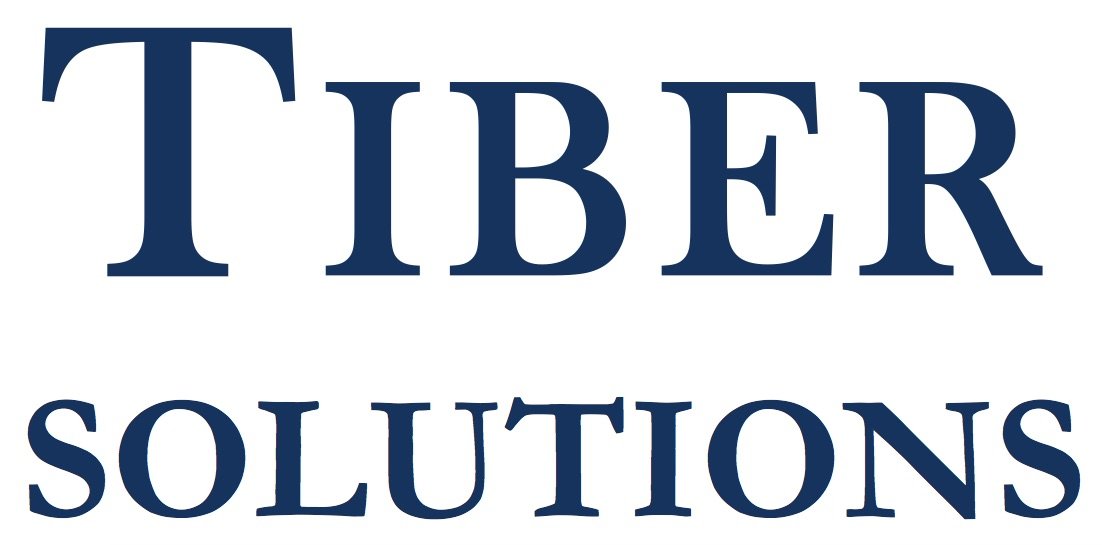Data As An Asset
Information Buffets: Data As An Asset
Many clients come our way after being in business for quite some time. A similar problem seems to happen for companies that may or may not primarily be data and technology companies. They have a great deal of data they’ve collected and do not know how to organize or make use of their data.
In the modern age, data collection is a major part of most business. Some businesses have a simple list of clients, addresses, emails, and purchase history. Other businesses collect and store data on the business performance of publicly traded companies, and some collect detailed information on the events happening in NFL stadiums every Sunday.
What we see with so many businesses is not the inability to collect data, but instead the inability to optimally store, organize, and use their data. Data, while it may or may not be the core product for a given business, is a massive asset. A consumer packaged goods company may have years of data on consumer behavior and trends. There is a wealth of information within that dataset that can be extracted to optimize staffing, inventory, and managing costs, among other things. The ability to glean insights from data is a massive advantage over competition, making it a valuable asset.
Of course, this begs the question, what else can we do with all this data?
Here are a few examples of how we see data being used:
Basic Dashboards and Reports
Benchmarking – individual, to company average, to industry average
Predictive modeling – optimal purchasing prices/times, early sales win/loss likelihood
Leading indicators – Activities (100 targeted emails per day in VA) → Objectives (grow Mid-Atlantic market) → Results (increase quarterly revenue)
Process/funnel analysis – Speed and completion rate for each step in the process
Market-Basket Analysis / Recommendation Engines – Netflix, Amazon, etc.
At Tiber, we like to analogize a streamlined data warehouse to a buffet. Once the buffet is built, anyone can come and design the plate they want, and it is easy. Grab and go. Once a data warehouse is constructed to efficiently store and capture current and historical data, building applications, dashboards, and predictive analytics to glean insight from the data becomes much easier. Data IS the asset. From there, it all depends on how our businesses and customers want to build their plates. Want chicken and steak? Go ahead!
On the contrary, what we often see are companies building ad hoc data solutions that service one application at a time. This is costly, reactionary, and takes quite a bit of time. While a Michelin star restaurant might make for a better evening with family and friends, when it comes to data, it is best served as an information buffet.
By building an information buffet, our clients no longer need to see the future. They do not need a several month or several year development cycle to produce a strong analytic product. The time shrinks with the use of an information buffet. For a business of any size, an information buffet adds technical agility to add products and tools in a fraction of the time and cost. Instead of fixing problems of yesterday, companies can act quickly and adapt to the rapidly changing landscape of their industry.
